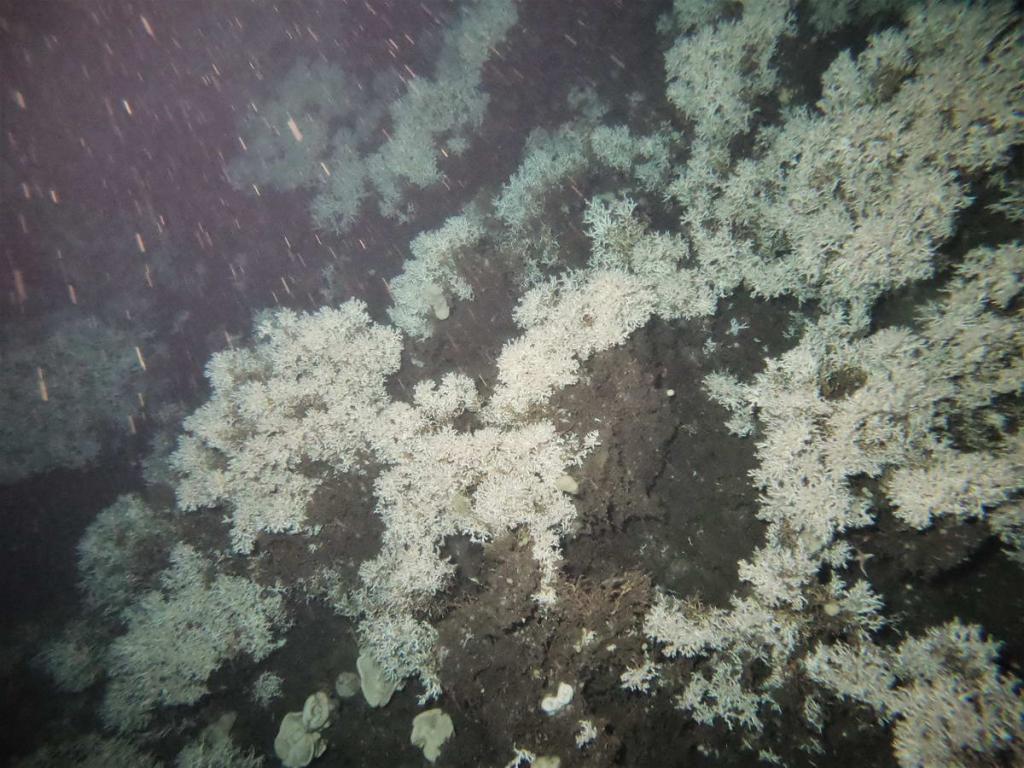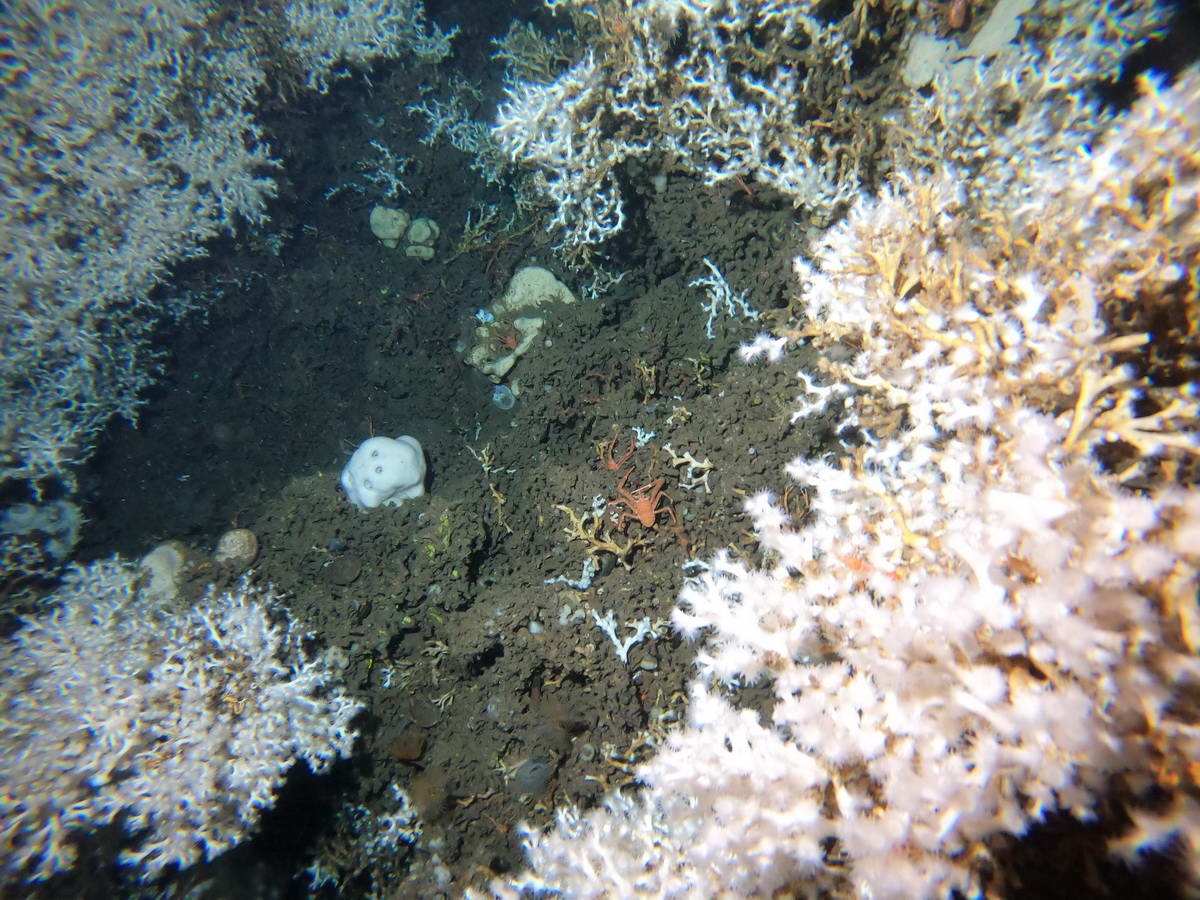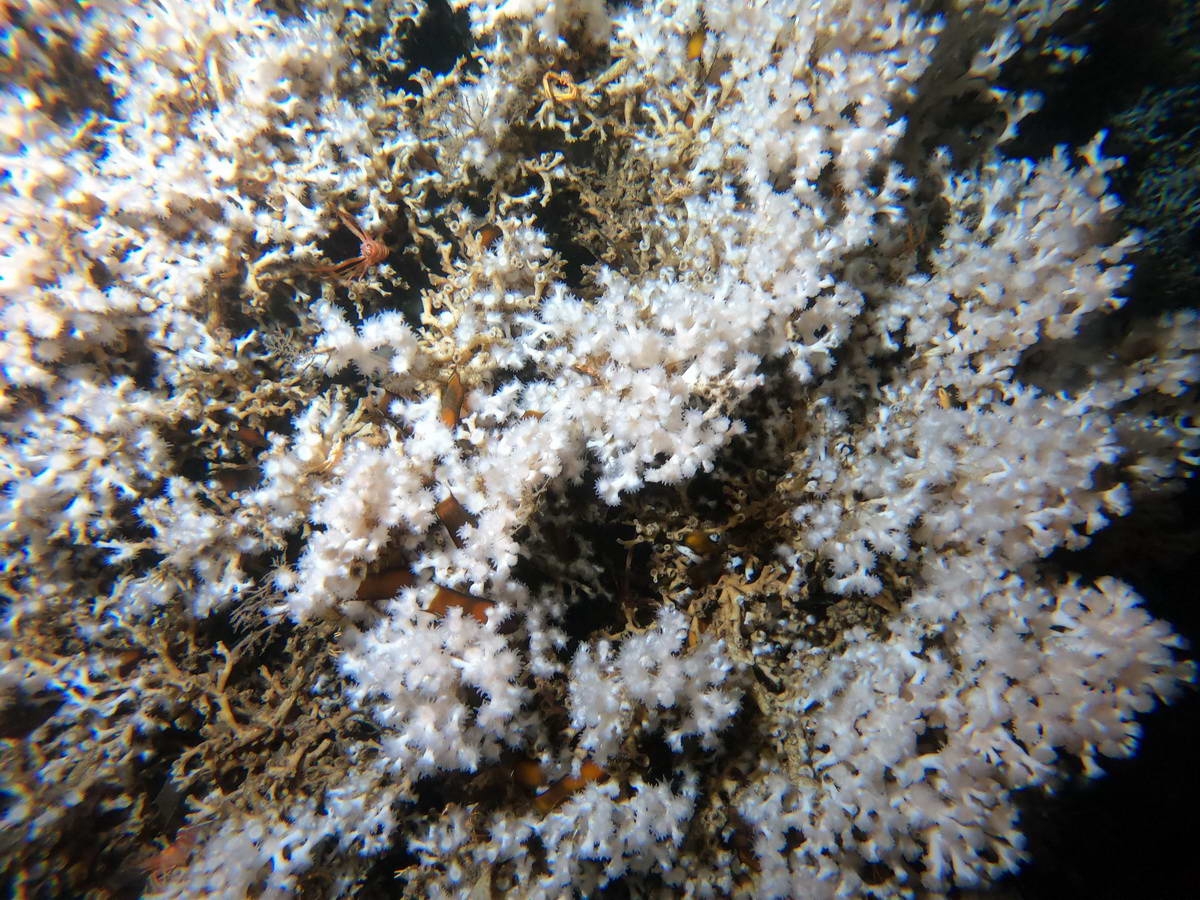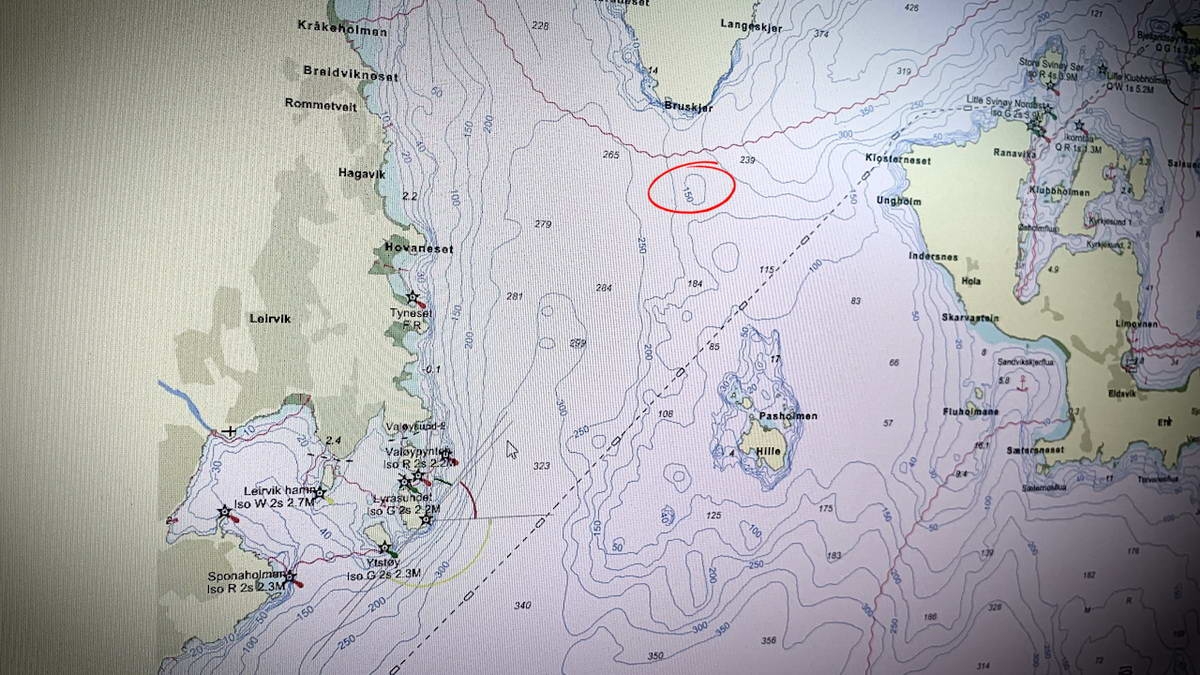Unknown coral reef discovered in western Norway
November 19, 2019 Serendipitous discovery: Large cold water coral reefNorwegian researchers have discovered the largest known deep-water coral reef – up to now - in western Norway. The newly discovered reef, which has been named "Bukkarevet", lies on the threshold of the Hardangerfjord. It extends several hundred meters in all directions and is located directly in the planned marine reserve Ytre Hardangerfjorden.
Researchers have long suspected the existence of a reef due to sporadic observations of corals in the area. Marine researcher Tina Kutti of the Norwegian Institute of Marine Research as well as other researchers had already searched the area. But in the pitch-black environment at a depth of 150 meters, the visibility of the UW camera is only a few meters. In other words, it was and is like finding a needle in a bundle of hay.
"It was really exciting to finally confirm that the reef actually exists. Assuming that 20 meters of the height we can see on the videos are corals, the reef must be at least 4,000 years old ", says Kutti.
The aim of the on-site inspections was to create a "handbook" on how fish farmers should survey the seabed before they apply to build new fish farms. Directly under aquaculture, the seabed is affected by faeces and feed from the open cages. In general, the researchers therefore advise against settling fish farms too close to coral reefs.
"The discovery shows how important it is to capture the unique natural environment on the seafloor, and we have conducted several investigations in this area, but we had never seen this reef before," says Kutti.



